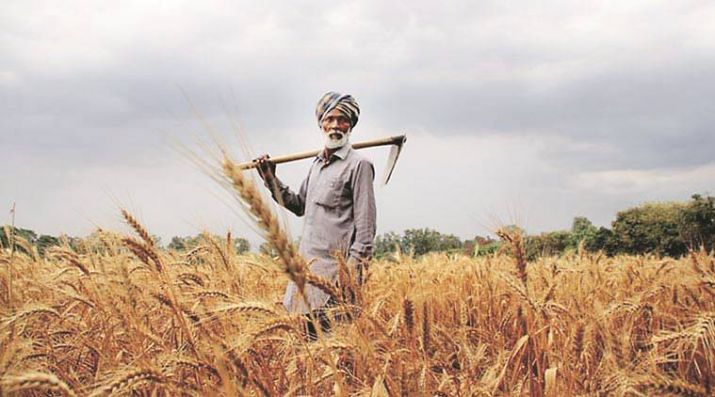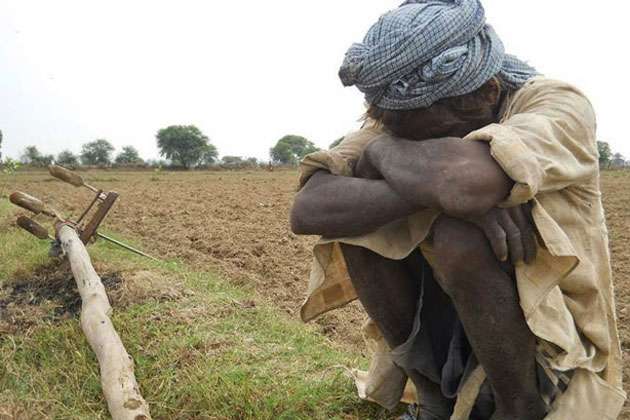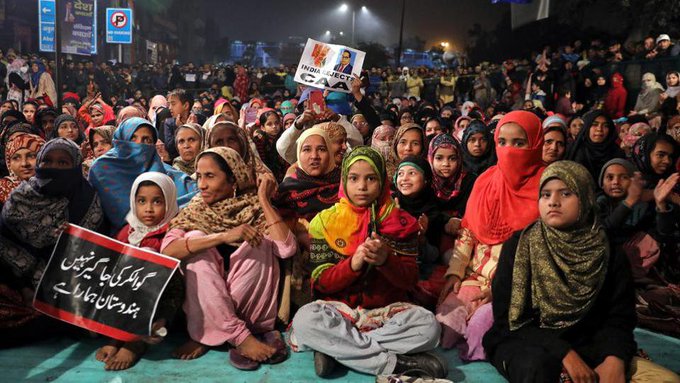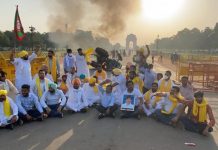The important phase of the farmers’ movement in India starting with the dharna (sit-in) at Delhi borders in the last week of November has crossed over 130 days at the time of writing. There is as yet no immediate indication of a negotiated settlement, or of the movement withdrawing. So this is proving to be quite a prolonged movement which has retained its strength with the passage of time and is also drawing widespread attention.
Along the way it has also contributed to other desirable objectives of strengthening resistance to authoritarian trends , providing space for increasing participation of women and increasing unity of communities, particularly in areas like Western UP where it was much needed. Even though the government has not yet accepted the original demand for repeal of three farm laws, the farmers’ movement has succeeded in making this a big national issue and taking such opposition to any unwelcome, imposed, hurried legislation to great heights.
While all this is welcome, there is still considerable scope for the farmers’ movement to make improvements in such a way that it contributes in a more durable way to the improvement of farming and food systems as well as rural society in India. This is a task of world-level importance, as apart from its own importance, this is also linked to resolving the larger environmental and social crisis in the world.
To make such improvements the farmers’ movement needs to become more of a place of learning and discussion, inter-action and reflection than a place of agitation and opposition for some time. Establishing contacts with farmers representatives from all parts of the country is important. It is particularly important to establish contact with those farmers , or their organizations, who have achieved considerable success in important aspects like reducing costs and protecting environment.
This is needed to enable it to decide in which direction it wants to move , what are its wider aims beyond the repeal of the three controversial laws. Once the most important issues have been sorted out and there is broad agreement then the strength of the farmers movement will increase greatly as also the confidence among people that it will move along the right path.
In the process the present leadership will have a good chance to move beyond its present confines. Most of the present day leaders ( not all) come from the leading green revolution belt of Punjab-Haryana-Western UP which was the region to first take up the HYY-chemical fertilizer—pesticide—herbicide—mechanization package in India and hence during the last five and a half decades or so of two generations has got so used to it that it is unable to visualize solutions which are outside the green revolution paradigm.
Hence it is unable to appreciate that the irony that while it is committed to opposing corporatization of farming, the green revolution package was the first big step towards corporatization of farming and the solutions it advocates within this paradigm will keep India firmly on the path of corporatization, even if the three farm laws are repealed.
At another level the leadership has to give adequate attention to the yearnings for a more fair place in rural areas of the landless rural households who by now constitute a majority at the national level and any justice based resolving of the rural crisis should be able to provide justice to them.
It will be great and hugely beneficial if the farmers’ dharna ad protest sites can become the platform for very meaningful dialogues on this issue for a finding a path ahead for rural change and food and farming system based on justice and sustainability. If broad agreements can emerge on this then this can be the best outcome of the struggle and will contribute much to longer term struggles and yearnings for a future based on sustainable livelihoods , justice and equality.
In particular the farmers’ movement should give more importance to the following aspects of rural change—
*Moving farming and related activities towards a path which is based on all- round protection of environment. An additional great plus point now is that this will contribute to mitigation and adaptation aspects of climate change and hence can entitle our farming communities to economic assistance available for this not just from Indian government funds but also from international climate change funds. It is important to evolve practices of climate change mitigation and adaptation firmly in keeping with the interests of small/medium farmers and any attempt to push this away from such orientation and towards business interests ( as is already being done ) should be firmly resisted and the role of farmers’ organizations can be very important in this, provided that their own thinking on this issue is clear.
*There should be an effort to ensure that there is no clash between the interests of the small/medium farmers and landless households. They should work in cooperation with each other and the yearning of landless household to get a more just deal in rural areas at several levels, including some land ( without any land of small/medium farmers being taken ) should be widely accepted. A system of fair, justice-based wages for farm and related work should be evolved with wide agreement. The dignity of landless farm workers should be respected. Similarly there should be greater sympathy of farmers towards sections like nomadic communities, artisans, sharecroppers etc.
*There should be more emphasis on increasing self-reliance of farming and crop/food processing systems and on creative ways of reducing external inputs and heavy costs incurred on them.
* There should be greater efforts for increasing village unity and solidarity of all sections ( except any big exploiters or criminals of course), ending discrimination on basis of caste and religion, improving gender justice and respect for women at all levels. The increasing unity should be used for resolving even old disputes, for fighting corruption , for improving implementation of government welfare and employment schemes, for improving overall development and environment protection in village, for reducing consumption of liquor and all intoxicants, for protecting folk arts and crafts, for strengthening rural decentralization and other creative pursuits.
Of course the farmers’ movement cannot be burdened with all these responsibilities. It merely has to reach agreement on the direction of somewhat similar broad changes and give a call for this , particularly in areas where it is strong.
Bharat Dogra is a writer and journalist. His recent books include Man Over Machine and Planet in Peril.














